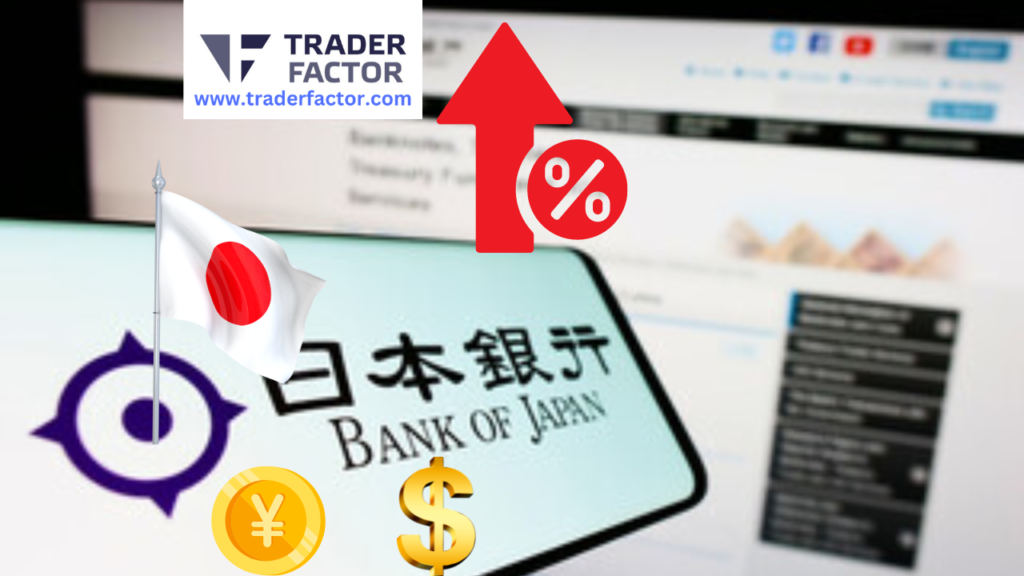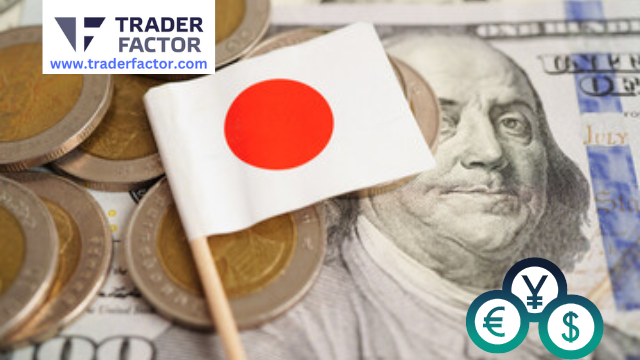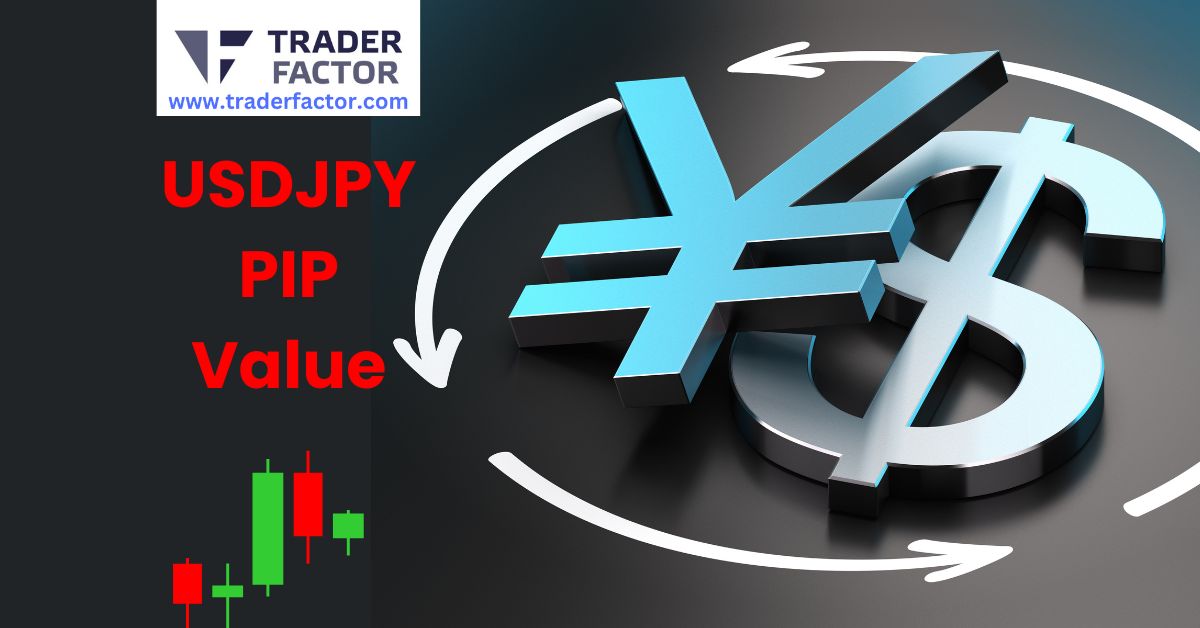When you trade USDJPY, understanding the pip value is fundamental for tailoring your risk management strategy effectively. Imagine you’re handling a trade size of 100,000 units at an exchange rate of 142.161; each pip movement translates to approximately $7.03. This figure isn’t just a number—it’s pivotal in calculating potential gains or losses and setting strategic stop-loss orders. Yet, there’s more to take into account beyond the basic computation. How do fluctuations in exchange rates impact the pip value, and what does this mean for your trading decisions tomorrow?
USDJPY Pip Value
Let’s explore how you can use the USDJPY pip value knowledge to enhance your trading discipline and potentially increase your profitability.
Table of Contents
ToggleUnderstanding Pip and Its Importance
In the domain of Forex trading, a “pip” stands as the smallest price move that a currency pair can make; this measure is vital for traders to assess profit and risk. Understanding the value of a pip isn’t only important in calculating potential gains or losses but also in developing effective risk management strategies. A pip, typically representing a one-digit movement in the fourth decimal place of a currency pair, directly affects your trading psychology. As you confront fluctuations in pip values, your emotional response can greatly influence decision-making processes.
Effective risk management hinges on recognizing these emotional triggers and planning your trades accordingly. By quantifying the risk associated with each pip move, you’ll be better equipped to set appropriate stop-loss orders. These orders help manage potential losses by setting a limit on the acceptable downside, protecting your capital from excessive market volatility.
Moreover, understanding pips allows you to fine-tune your trading strategy.
For instance, if you’re aware that a particular currency pair exhibits higher volatility, you might decide to trade with smaller lot sizes to keep your risk at bay. This strategic adaptation ensures that you’re not only safeguarding your capital but also aligning your trading practices with your psychological comfort level and financial goals.
Calculating Pip Value for USDJPY

Understanding the pip value is essential when you begin trading currency pairs like USDJPY. This value influences your position sizing and risk management strategies directly.
To calculate it, you first need to recognize that a pip represents a one-point movement in the fourth decimal place in most currency pairs, including USDJPY.
For example, if USDJPY moves from 142.161 to 142.162, that’s a one pip change.
To determine the monetary value of a pip for a specific position size, use the formula: (pip size / exchange rate) x position size.
For instance, if you’re trading 100,000 units of USDJPY at an exchange rate of 142.161, the calculation would be (0.0001 / 142.161) x 100,000 = approximately $7.03 per pip.
This calculation is vital because it helps you understand the potential financial impact of price movements on your trades. Accurate pip values are essential for effective risk management, allowing you to set stop-loss and take-profit orders appropriately.
Mastering this calculation ensures you’re not blindly entering positions but are making informed decisions based on precise, data-driven analysis.
Factors Influencing Pip Value of USDJPY

Several factors regularly influence the pip value in currency trading, especially for pairs like USDJPY. You should be aware that the primary determinant of pip value variation is the exchange rate between the currency pairs involved. As the exchange rate fluctuates, so does the pip value, making it a dynamic component of forex trading.
When you trade currency pairs like USDJPY, it’s essential to monitor how changes in the USD and JPY exchange rates affect the pip value. An appreciation in the USD against the JPY increases the pip value when denominated in JPY, and vice versa. This is because the pip value in a currency pair is calculated based on the quote currency, which in the case of USDJPY, is the Japanese Yen.
Moreover, the size of your trade also plays a significant role. A larger lot size will result in a higher pip value, thereby magnifying the impact of exchange rate changes on your potential profit or loss.
Impact of USDJPY Pip Value on Trading

Analyzing pip value’s impact on trading reveals how even minor shifts can greatly affect your bottom line. Understanding these nuances is essential in optimizing risk management strategies.
A single pip movement in USDJPY could translate to significant gains or losses, depending on the size of your position. You must gauge the pip value accurately to manage your exposure effectively and safeguard your investments against market volatility.
Risk management isn’t just about predicting potential losses; it’s also about leveraging pip value fluctuations to maximize profitability while minimizing risks. By closely monitoring these fluctuations, you’re able to adjust your position sizes and stop-loss orders accordingly. This precision helps in maintaining a balanced portfolio, particularly in a volatile forex market like the USDJPY.
The pip value’s unpredictability can also heavily influence trading psychology. Emotional responses to sudden market movements often lead to hasty decisions, potentially compromising well-planned trading strategies.
Strategies to Manage USDJPY Pip Fluctuations

To effectively manage pip fluctuations in USDJPY, you’ll need to implement strong trading strategies that can adapt to rapid changes in market conditions.
First, establishing a solid risk management framework is necessary. This involves setting stop-loss orders to limit potential losses on each trade. Consider using a fixed percentage of your trading capital for each trade, typically between 1-2%, ensuring you’re not overexposed during volatile market phases.
Moreover, leverage plays a pivotal role. While it can magnify gains, it also increases risk. You should adjust leverage according to market volatility and your risk tolerance. Use lower leverage when you anticipate higher volatility or when you’re less confident about your trading signals.

Another vital aspect is trading psychology. Emotional decision-making can lead to mistakes in volatile markets. Develop a trading plan and stick to it, ensuring you’re not swayed by short-term market movements.
Use technical analysis tools to reinforce your decisions with data. For instance, moving averages and Bollinger Bands can help you identify trends and potential reversal points, giving you a clearer picture of when to enter or exit trades based on pip movements.
Frequently Asked Questions

How much is 1 pip on USDJPY?
The value of one pip in USD/JPY can be easily determined by referring to a USDJPY pip value chart. Typically, for USD/JPY, one pip is equivalent to 0.01 due to its price being quoted to two decimal places. Using a pip calculator can help traders visualize the exact impact of one pip in USD/JPY, depending on the lot size traded.
How many Pips does USDJPY move daily?
The USD/JPY pair is known for its volatility, with daily movements averaging between 50 to 100 pips. This usd/jpy pip movement can vary based on market conditions and geopolitical events. Traders often monitor these movements closely to optimize their trading strategies.
What is a pip on JPY pairs?
A pip on JPY pairs, such as USD/JPY, is the smallest price movement in the currency pair’s exchange rate. For pairs involving the Japanese yen, a pip is typically 0.01. Utilizing a pip calculator can assist traders in understanding pip values across different currency pairs.

1 pip is equal to how many dollars?
The dollar value of one pip in USD/JPY depends on the lot size being traded. By using a USDJPY pip calculator, traders can determine the monetary value of a pip. For a standard lot, one pip is generally worth 10 USD, though this can vary with the lot size.
How to calculate lot size for USD JPY?
Calculating the lot size for USD/JPY involves understanding the amount of currency units being traded. The USDJPY lot size calculator can be a valuable tool in determining the appropriate lot size based on risk management strategies. Generally, the USD/JPY lot size is calculated by considering account size, risk percentage, and pip value.
What is the margin requirement for USD JPY?
The margin requirement for trading USD/JPY can differ based on the broker’s policies and the account’s leverage. Using a tool like the pip calculator MT4 can help traders figure out the specific margin needed to maintain a position, ensuring they meet the broker’s requirements for trading USD/JPY.

How to calculate profit for USD JPY?
To calculate profit in USD/JPY trades, traders can use the USDJPY Profit Calculator. This tool helps by factoring in the entry and exit prices, lot size, and pip value. Additionally, some traders find the XAUUSD pip calculator useful for cross-referencing pip values in different currency pairs and commodities.
Conclusion
To sum up, mastering the pip value of USDJPY is essential for your trading success. In our previous example, by calculating the $7.03 value per pip for a 100,000 unit position at a 142.161 rate, you’re equipped to gauge potential profits or losses accurately. Keep in mind that factors such as market volatility and economic announcements can alter pip values, impacting your strategy. Stay vigilant and adapt your trading methods to manage these fluctuations effectively, ensuring disciplined and data-driven decision-making in Forex trading.
Disclaimer:
All information has been prepared by TraderFactor or partners. The information does not contain a record of TraderFactor or partner’s prices or an offer of or solicitation for a transaction in any financial instrument. No representation or warranty is given as to the accuracy or completeness of this information. Any material provided does not have regard to the specific investment objective and financial situation of any person who may read it. Past performance is not a reliable indicator of future performance.















